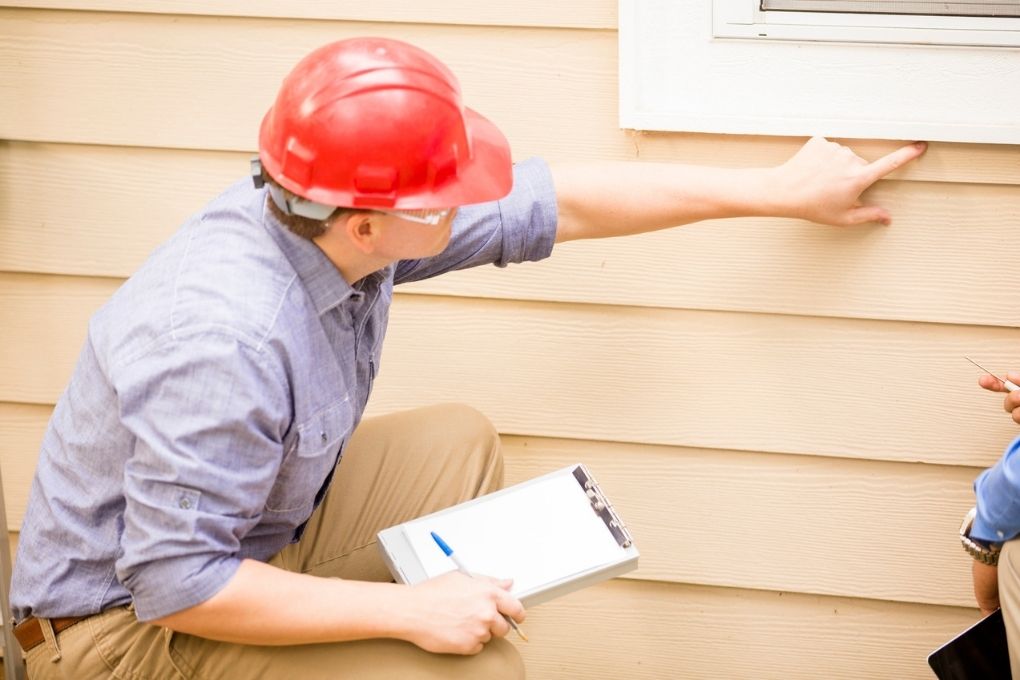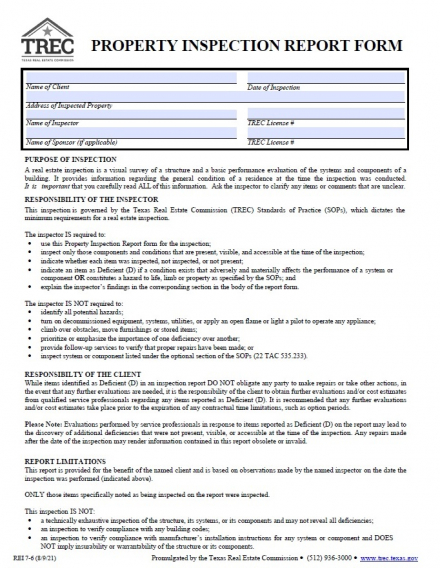What to Anticipate From Home Evaluation: a Detailed List and Its Value
Understanding what to get out of a home inspection is essential for both purchasers and vendors in the genuine estate market. A comprehensive assessment provides an in-depth checklist that analyzes essential elements such as structural integrity, significant systems, and overall residential property problem. This process not only exposes possible hidden concerns but likewise plays a significant duty in working out fair terms (Home Inspection Lockhart). As we discover the complexities of this checklist and its wider effects, it ends up being clear that the stakes are high-- exactly how can you ensure you are well-prepared of what lies in advance?

Relevance of Home Inspections
The significance of home evaluations can not be overstated, as they offer as a crucial safeguard for both purchasers and vendors in the realty market. For purchasers, a home examination gives a neutral analysis of the building's problem, exposing potential issues that might not be noticeable during a casual walkthrough. This procedure assists purchasers make informed decisions and work out fixings or price modifications before closing, eventually safeguarding their financial investment.
On the other hand, sellers can gain from home evaluations by dealing with problems proactively before listing their residential or commercial property. This can enhance the home's bankability and potentially expedite the sales procedure. A pre-listing assessment can also impart confidence in potential buyers, as it demonstrates transparency and a dedication to preserving the property.
Additionally, home evaluations add to the overall safety and security and habitability of property properties. In summary, home inspections are a crucial element of actual estate deals, supplying essential insights that cultivate trust and transparency amongst all celebrations involved.
Trick Parts of the Checklist
A detailed home examination list includes several essential components that make certain a comprehensive evaluation of a residential property's condition. The first component is the structural honesty, that includes the exam of the structure, walls, and roofing system for any kind of indicators of damage or wear and tear. Next off, the checklist addresses significant systems such as plumbing, electric, and cooling and heating, assessing their functionality and safety and security.
An additional essential location is the exterior of the home, which includes checking siding, home windows, doors, and roof products for wear and prospective leakages. The checklist additionally covers indoor aspects, consisting of flooring, walls, ceilings, and insulation, to recognize any kind of problems that may impact comfort or safety.
In addition, the checklist frequently consists of an examination of devices, guaranteeing they remain in good working order. Lastly, the evaluation ought to assess outside rooms, consisting of patios, driveways, and decks, to review their condition and security. Each of these elements plays an important function in providing a comprehensive understanding of the residential property, eventually helping prospective customers in making informed choices regarding their financial investment.
Usual Problems Discovered
Frequently, home evaluations disclose a selection of issues that can vary from minor repair services to significant safety worries. One widespread issue is the visibility of water damages, commonly stemming from leaking roof coverings, pipes failures, or inadequate drainage systems. Such damage can lead to mold growth, which presents wellness risks and may require comprehensive removal.

One more typical finding involves electric systems. Obsolete electrical wiring, overloaded circuits, or improper grounding can develop fire hazards and demand prompt attention. Additionally, issues with heating and cooling systems, such as insufficient upkeep or age-related ineffectiveness, can impact convenience and energy costs.
Structural concerns like fractured structures or compromised framing are additionally often kept in mind. These issues can result in major consequences otherwise dealt with immediately. In addition, insects such as rodents or termites might be discovered, showing the potential for substantial property damage.
Lastly, the condition of doors and windows typically comes under examination. Poor seals can result in power loss, while damaged frameworks or glass can impact safety and aesthetics. Determining these common issues during a home evaluation is vital for educated decision-making and making certain the safety and durability of the residential property.
Getting Ready For the Assessment
Preparation is vital for a successful why not find out more home evaluation, guaranteeing that both sellers and customers can navigate the procedure with confidence. Begin by setting up the assessment at a mutually hassle-free time, allowing for ample accessibility to the property. For sellers, it is recommended to declutter and cleanse the home thoroughly, as a tidy environment can favorably influence the assessor's analysis.

For purchasers, preparing requires putting together a list of certain worries or locations of interest to go over site with the assessor. By taking these primary actions, both events can set the stage for a thorough and reliable home inspection experience.
Post-Inspection Activities
After the assessment is complete, both vendors and buyers have to take specific actions to resolve the searchings for. For buyers, the first action is to thoroughly review the evaluation report, keeping in mind any kind of significant problems that might impact their decision. This paper functions as an essential device for negotiation. Purchasers might ask for fixings or credit scores from the seller based upon significant issues, such as architectural problems or out-of-date systems.
Vendors, on the various other hand, should evaluate the findings to figure out which problems they can attend to prior to completing the sale. Dealing with minor repair work can enhance the residential or commercial property's appeal and potentially cause a greater price. Sellers might pick to disclose concerns to possible purchasers, advertising transparency and trust.
In cases where significant repairs are needed, both parties may benefit from getting quotes or quotes from qualified specialists. It is vital for both buyers and sellers to maintain open lines of interaction throughout this procedure to ensure a smooth transaction.
Conclusion
Home inspections offer as an important element in the actual estate purchase process, ensuring a comprehensive assessment of a residential property's problem. Eventually, the relevance of home evaluations can not be overstated, as they promote informed decision-making and contribute to a smoother real estate experience.
For customers, a home examination offers an impartial analysis of the residential property's condition, exposing potential concerns that may not be visible throughout an informal walkthrough.Alternatively, vendors can benefit from home evaluations by resolving problems proactively before listing their home (Home Inspection Lockhart).Generally, home inspections reveal a selection of issues that can range from minor repair work to significant security worries. Recognizing these typical issues during a home inspection is vital for informed decision-making and making sure the security and long life of the building
Prep work is essential for an effective home inspection, ensuring that both buyers and sellers can navigate the process with self-confidence.